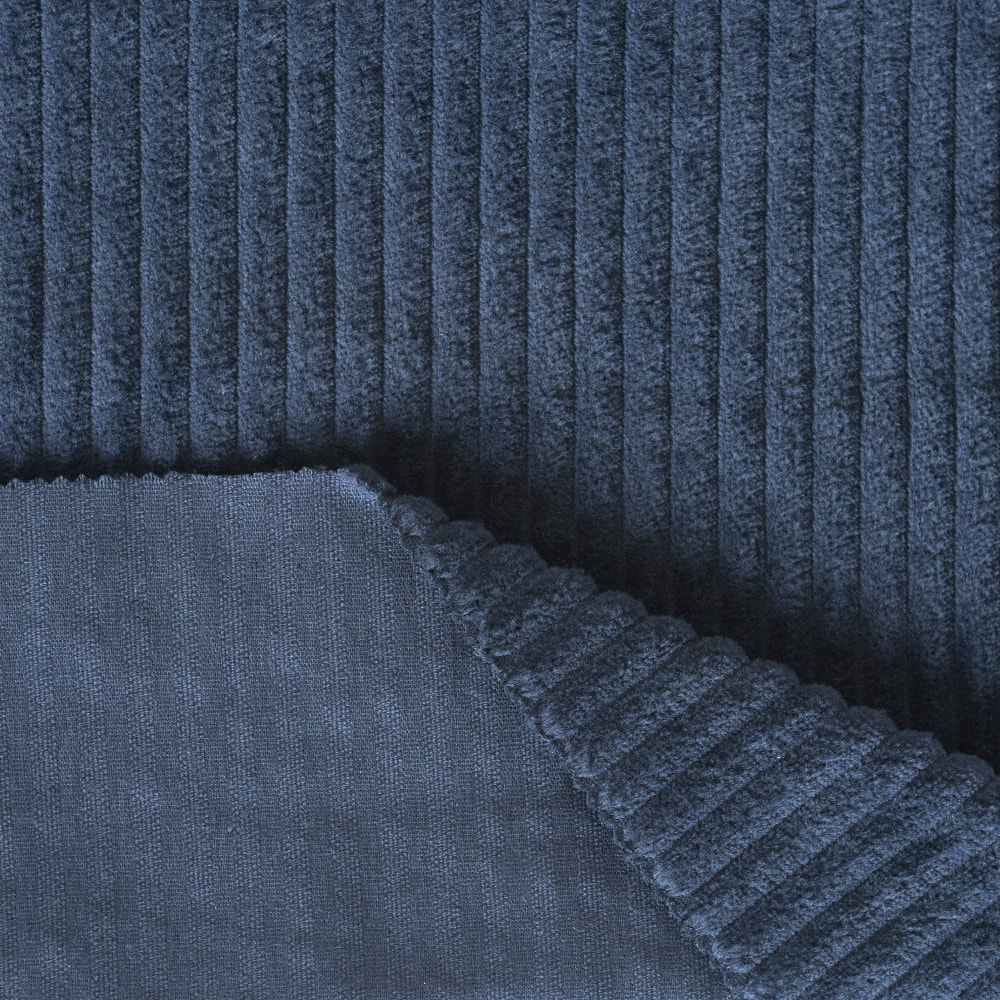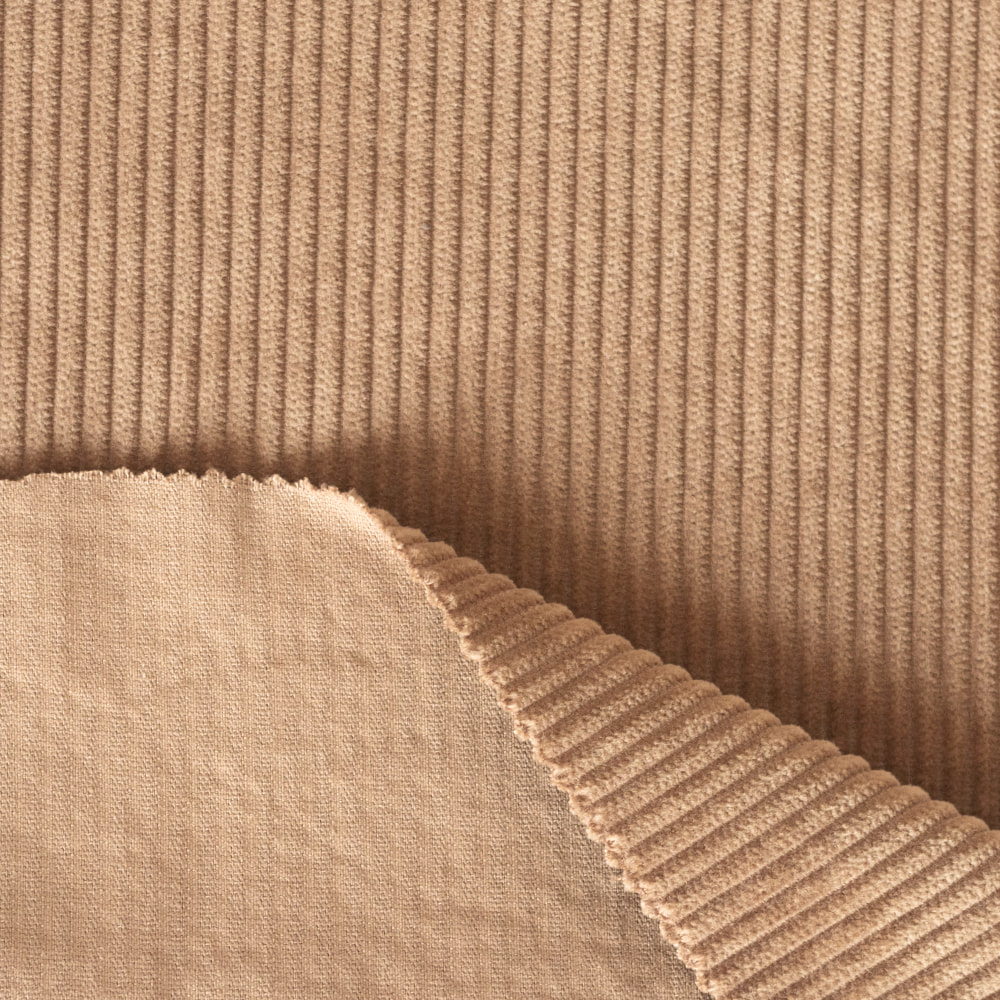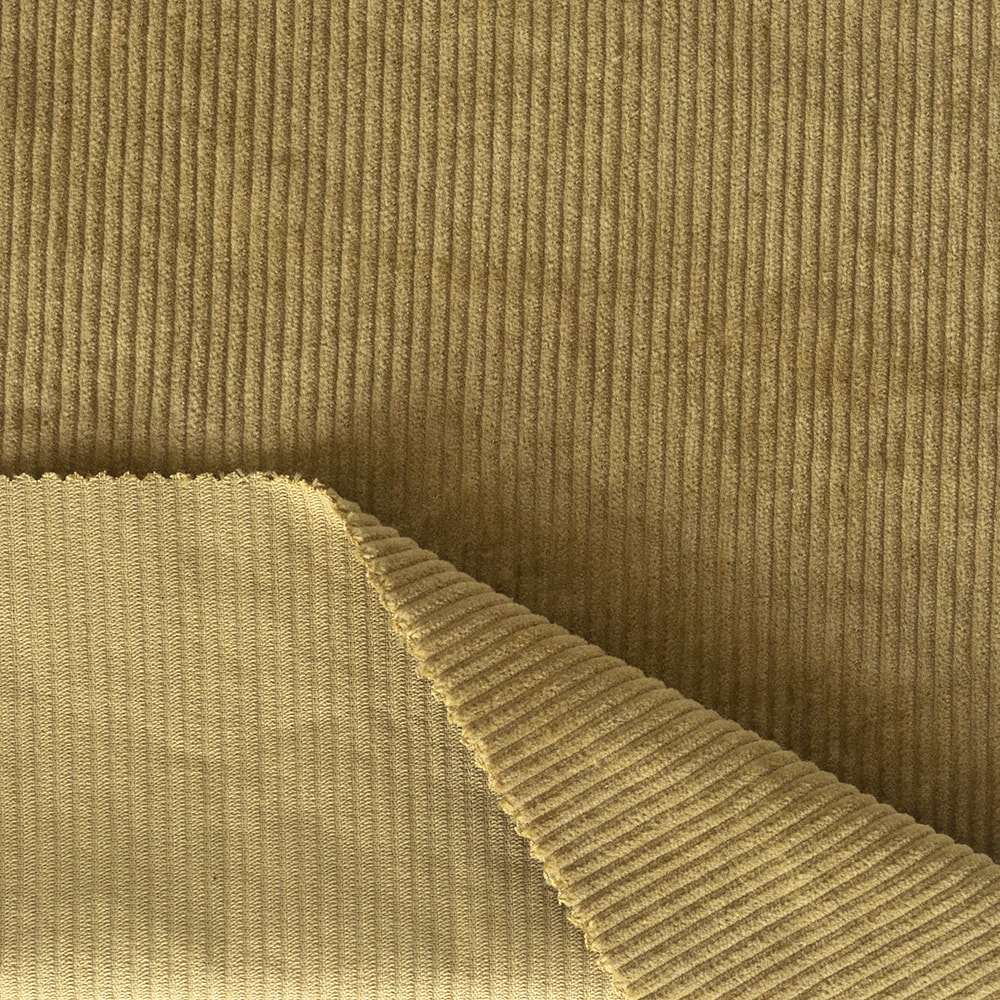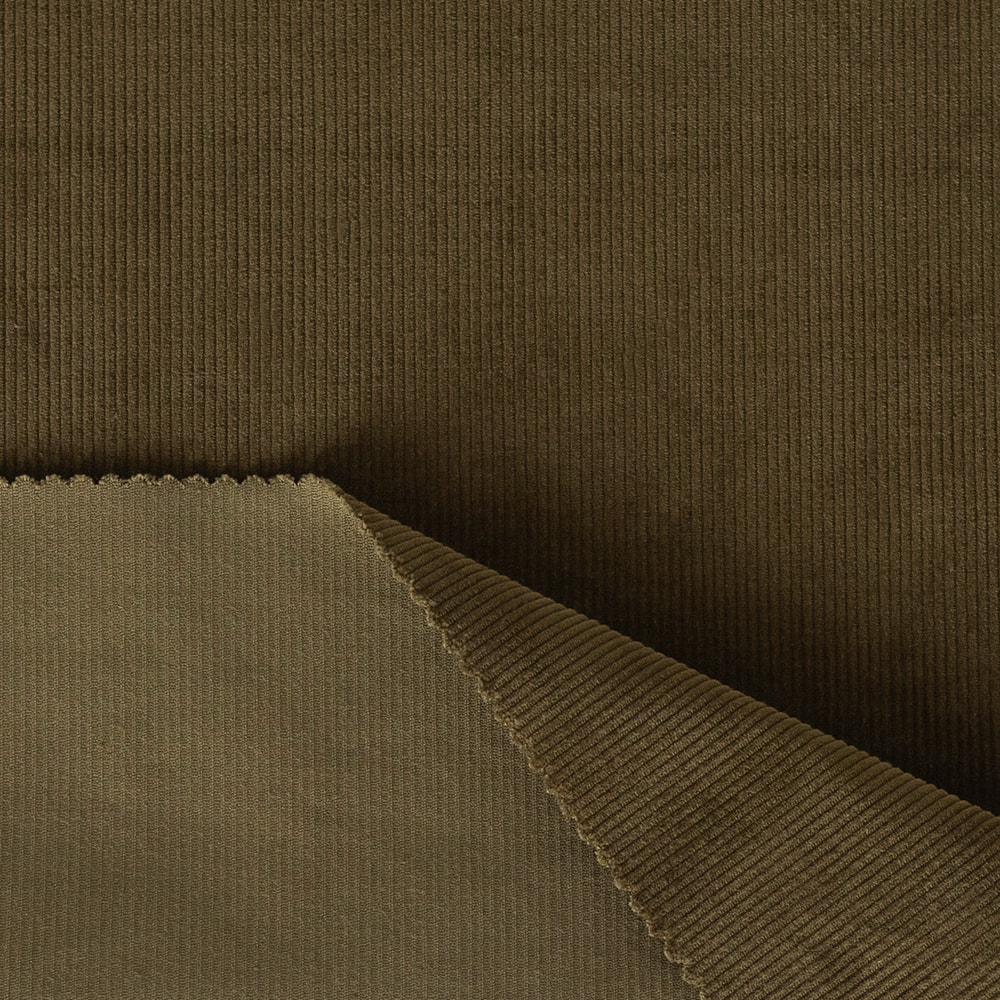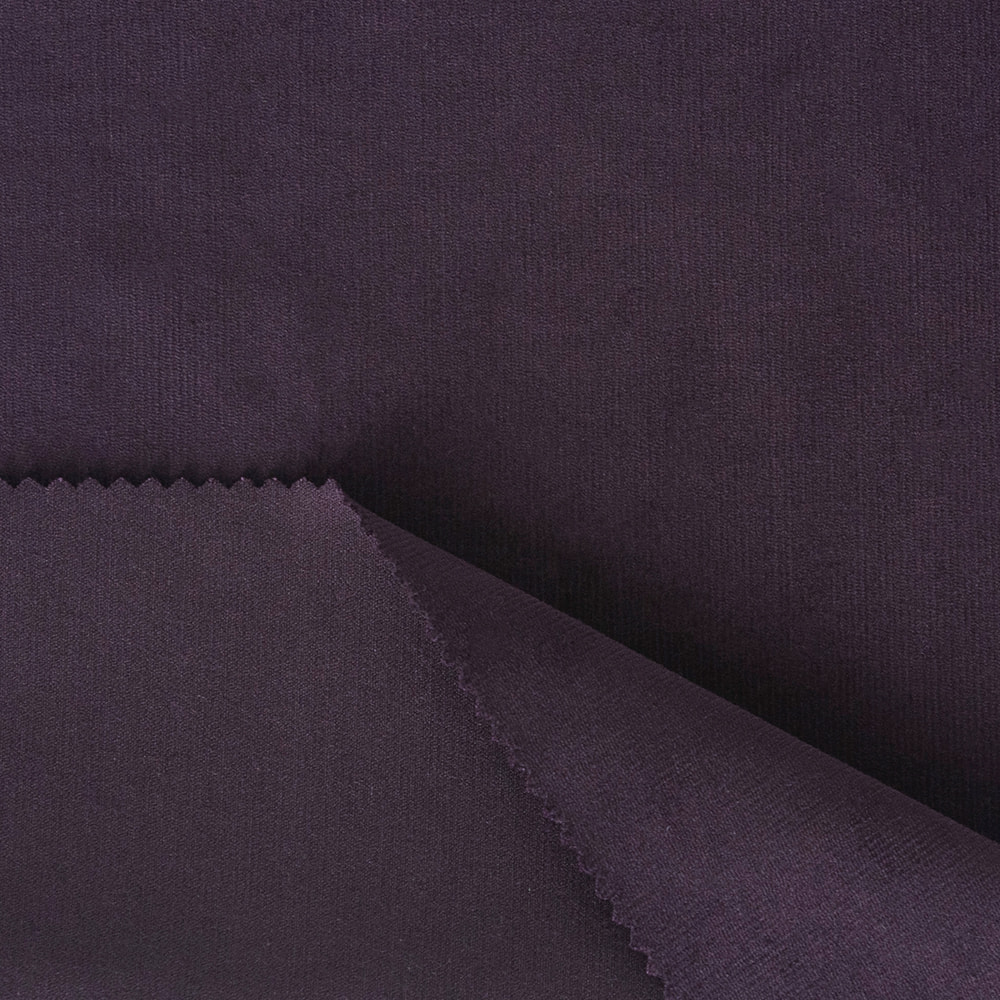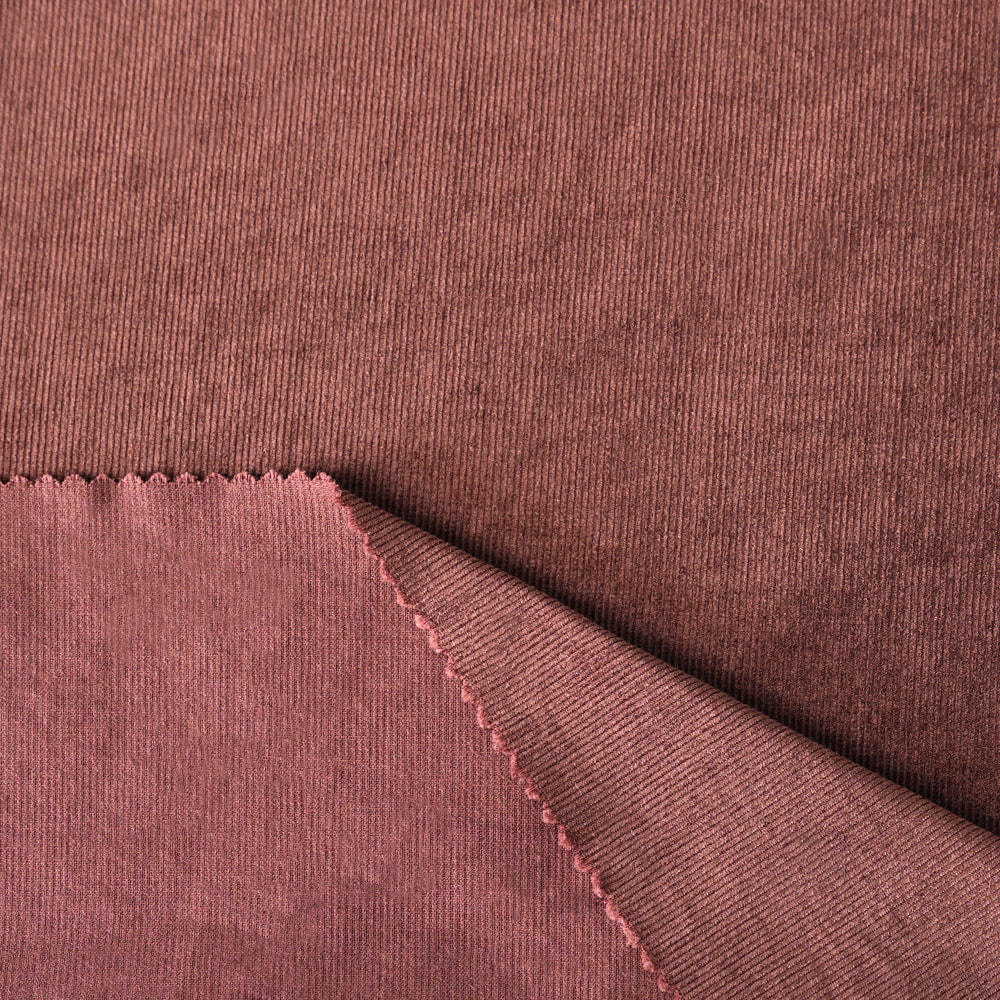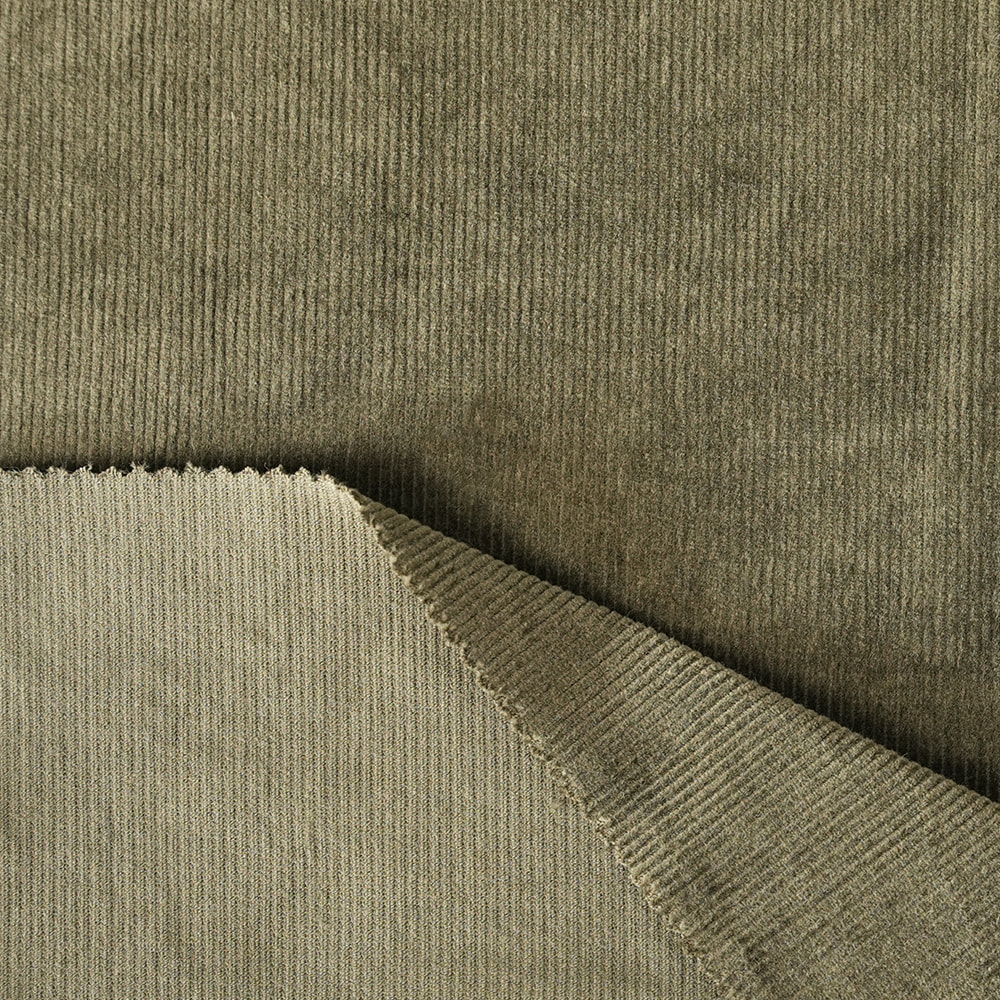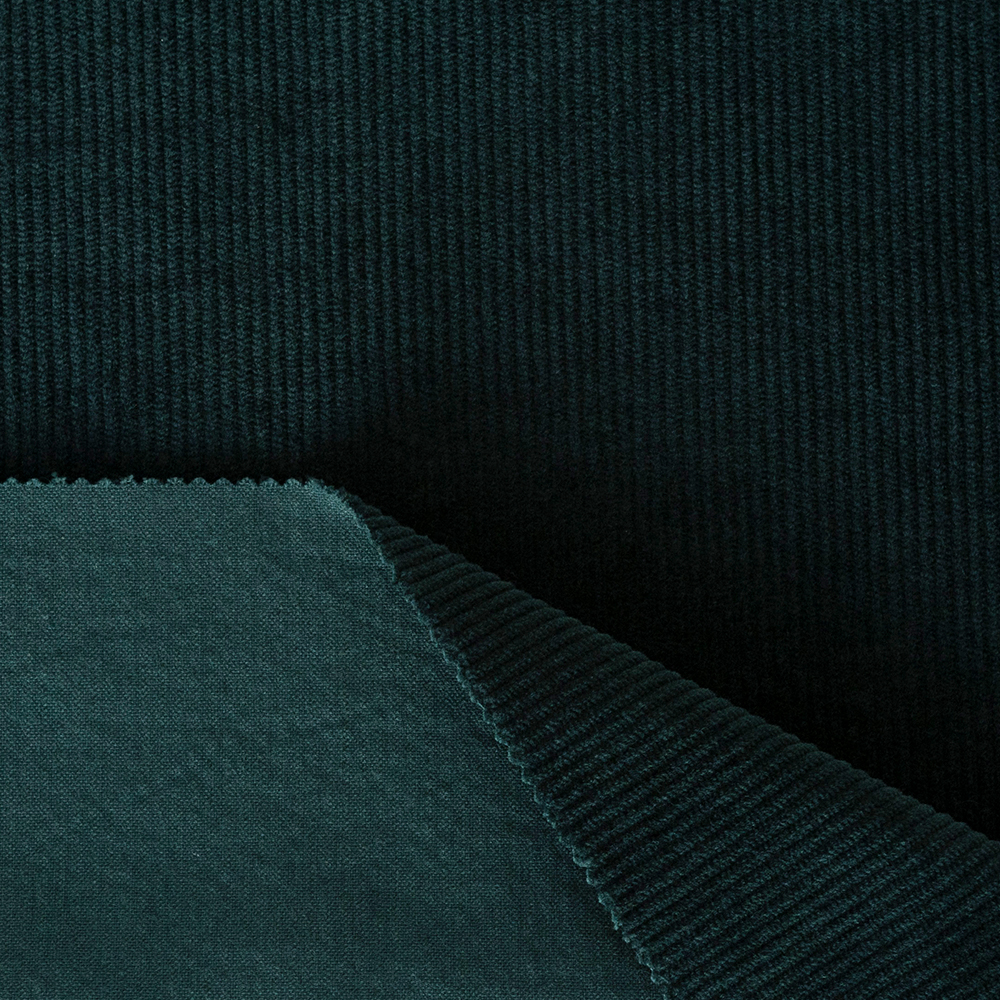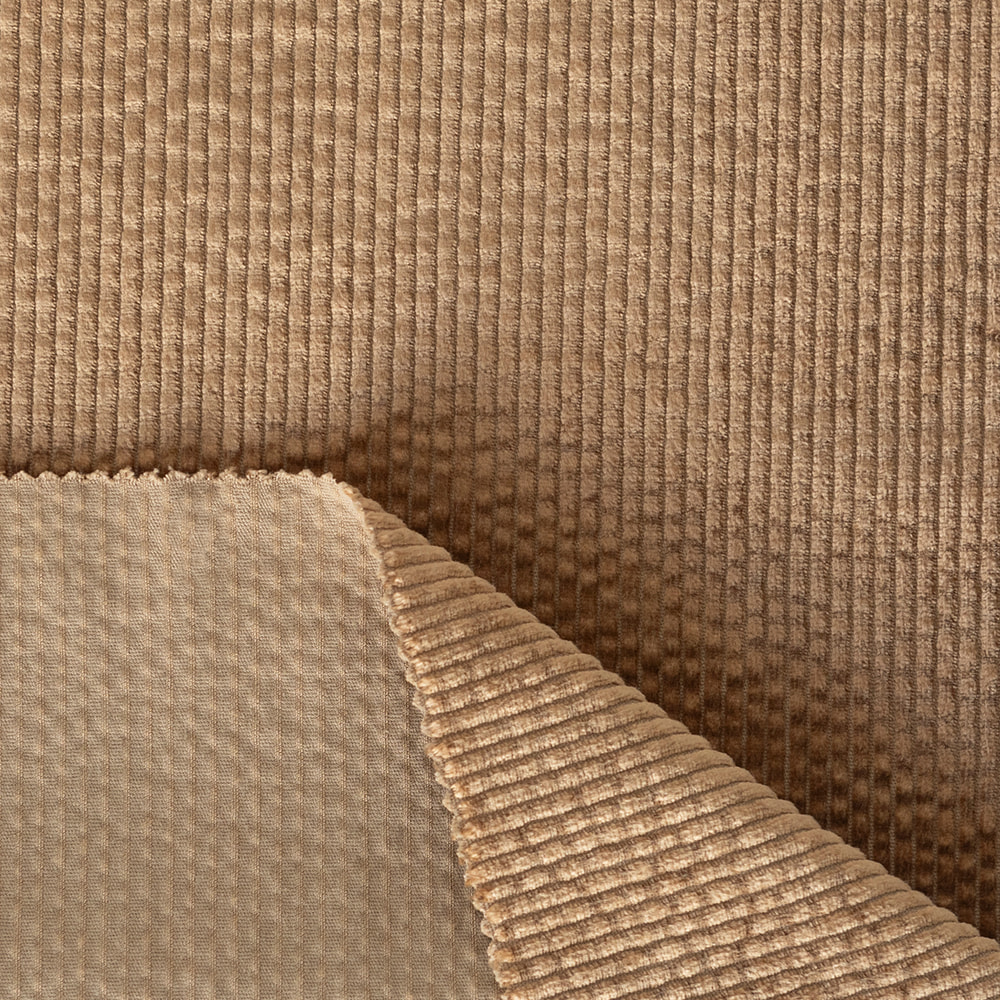Textile Industry Zone, East Hutang Town, Wujin District,213100 Changzhou,China
In order to avoid uneven dyeing or color difference in cotton piece-dyed corduroy fabric, the dyeing process, material selection, equipment debugging and post-processing process need to be precisely controlled during the production process. The following are some effective measures and suggestions:
1. Choose high-quality dyes and auxiliaries
Dye quality: Using high-quality and stable dyes can effectively avoid uneven dyeing or color difference problems. The dispersion and stability of the dye determine the uniformity of the dyeing process, and inferior dyes may cause uneven dyeing.
Use of auxiliaries: Choosing appropriate dyeing auxiliaries, such as dyeing auxiliaries, leveling agents and accelerators, can improve the uniformity of dye adsorption on the fiber and avoid color difference during the dyeing process.
2. Dyeing process control
Uniform dye penetration: During the dyeing process, it is necessary to ensure that the dye penetrates evenly on the fabric to avoid color difference caused by uneven dye distribution. The dye solution can be ensured to flow evenly through circulation dyeing or flow dyeing to avoid dye aggregation in certain parts.
Dyeing temperature and time control: Temperature and dyeing time have an important influence on dyeing uniformity. Too high a temperature or too long a time may lead to over-dyeing of some parts, while too low a temperature or too short a time may lead to uneven dyeing. It needs to be precisely controlled according to the material and dye characteristics of the fabric.
Uniformity of dye concentration: Uneven concentration of dyeing solution may lead to inconsistent dyeing effect. By accurately matching dyes and auxiliaries, ensure uniform concentration of dyeing solution to avoid color difference.
3. Fabric pretreatment
Cleaning and decontamination: Before dyeing, ensure that the fabric is thoroughly cleaned to remove oil, impurities and dust. Residual dirt may affect the uniform adsorption of dyes and lead to uneven dyeing.
Setting treatment: Setting treatment (such as heat setting or wet setting) before dyeing can ensure the stability of fabric surface state, help dyes to penetrate into fibers evenly, and avoid subsequent color difference problems.
4. Debugging and maintenance of dyeing equipment
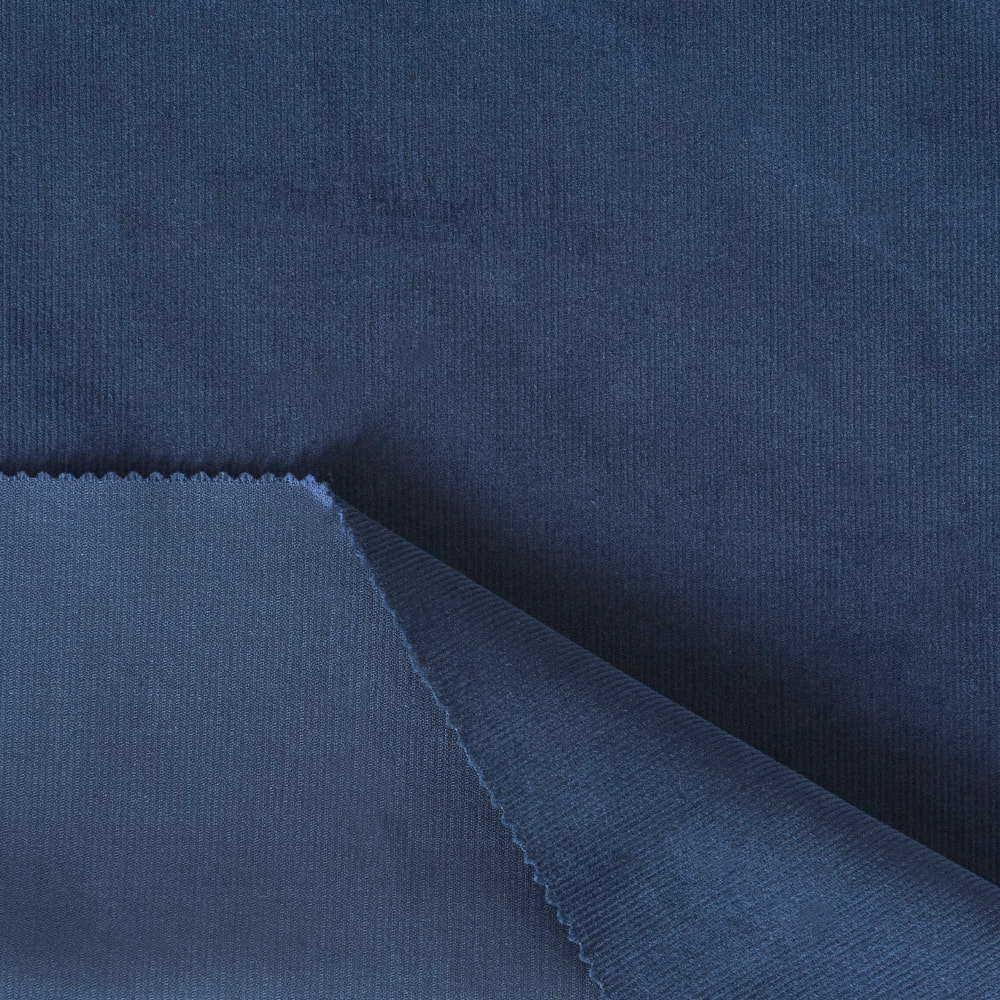
Equipment uniformity: The design and working status of dyeing equipment (such as dyeing machine, dyeing barrel, etc.) have a direct impact on the dyeing effect. Ensure the debugging and maintenance of the equipment so that it can maintain uniform liquid flow and stable temperature control during the dyeing process to avoid uneven dyeing due to equipment failure or unreasonable design.
Dyeing machine load: The fabric loading in the dyeing machine should be adjusted according to production requirements to avoid color difference caused by excessive or insufficient load, which may cause the dyeing liquid to not evenly contact all fabrics.
5. Post-dyeing treatment and color fixation
Color fixation: After dyeing, color fixation can improve color fastness and prevent fabrics from fading or color difference during subsequent use. Common color fixation methods include thermal fixation or chemical fixation, which can improve the adhesion of dyes and reduce fading.
Post-washing treatment: When washing, cleaning and setting after dyeing, ensure the stability of water temperature and water flow to avoid dye transfer during washing and color difference.
6. Color difference control between batches
Batch dyeing consistency: If mass production is carried out, ensure the consistency of dye concentration, temperature and time for each batch of dyeing to avoid color difference between different batches. By recording the detailed parameters of each dyeing batch and maintaining strict production specifications, the color difference of fabrics in different batches can be minimized.
Color difference detection: Use professional equipment such as colorimeter or spectrum analyzer to detect the color difference of dyed fabrics to ensure that the color difference meets the production standards. If color difference problems are found, the production process can be adjusted in time.
7. Optimization of finishing process
Combing and calendering: The uniformity of cotton corduroy fabric can be effectively improved through finishing processes (such as combing, calendering, brushing, etc.), making the surface of the fabric smoother and reducing the visual color difference caused by surface undulations.
Moderate sanding and brushing: Sanding and brushing processes can further enhance the gloss and texture of the fabric, while reducing uneven dyeing caused by uneven fibers. However, it should be noted that excessive sanding may cause uneven dye penetration and cause color difference.
8. Sample testing and feedback
Small sample testing: It is very important to conduct small sample dyeing tests before large-scale production. Through the dyeing experiment of samples, ensure that the effect of dyes and the performance of fabrics meet expectations, and timely discover and solve possible color difference problems.
Quality monitoring and feedback: Strict quality monitoring should be carried out during the production process, especially in the dyeing process. According to the feedback in production, the dyeing parameters are adjusted in time to ensure the uniformity of dyeing.
To avoid uneven dyeing or color difference of cotton dyed corduroy fabrics, the key is to accurately control the temperature, time, dye concentration and other factors in the dyeing process, select high-quality dyes and auxiliaries, and ensure the standardization of fabric pretreatment, dyeing equipment, and finishing processes. In addition, strict quality control and testing are also effective means to minimize color difference problems.
